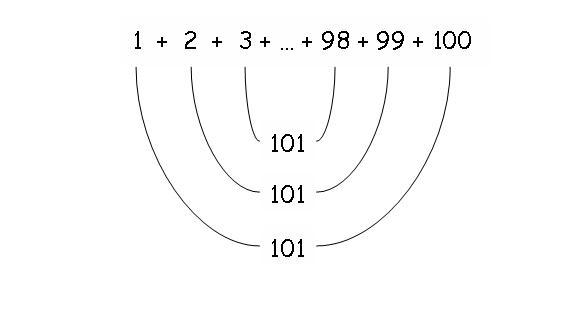The modern calendar is a trap for the young engineer’s mind. We deal with the calendar on a daily basis and until exposed to its insanity it’s rather common to think that calendar based computations are easy. That’s until you’ve tried to do it once. A very good read about how the current calendar came to be the way it is now is Erik’s Naggum The Long, Painful History of Time.




